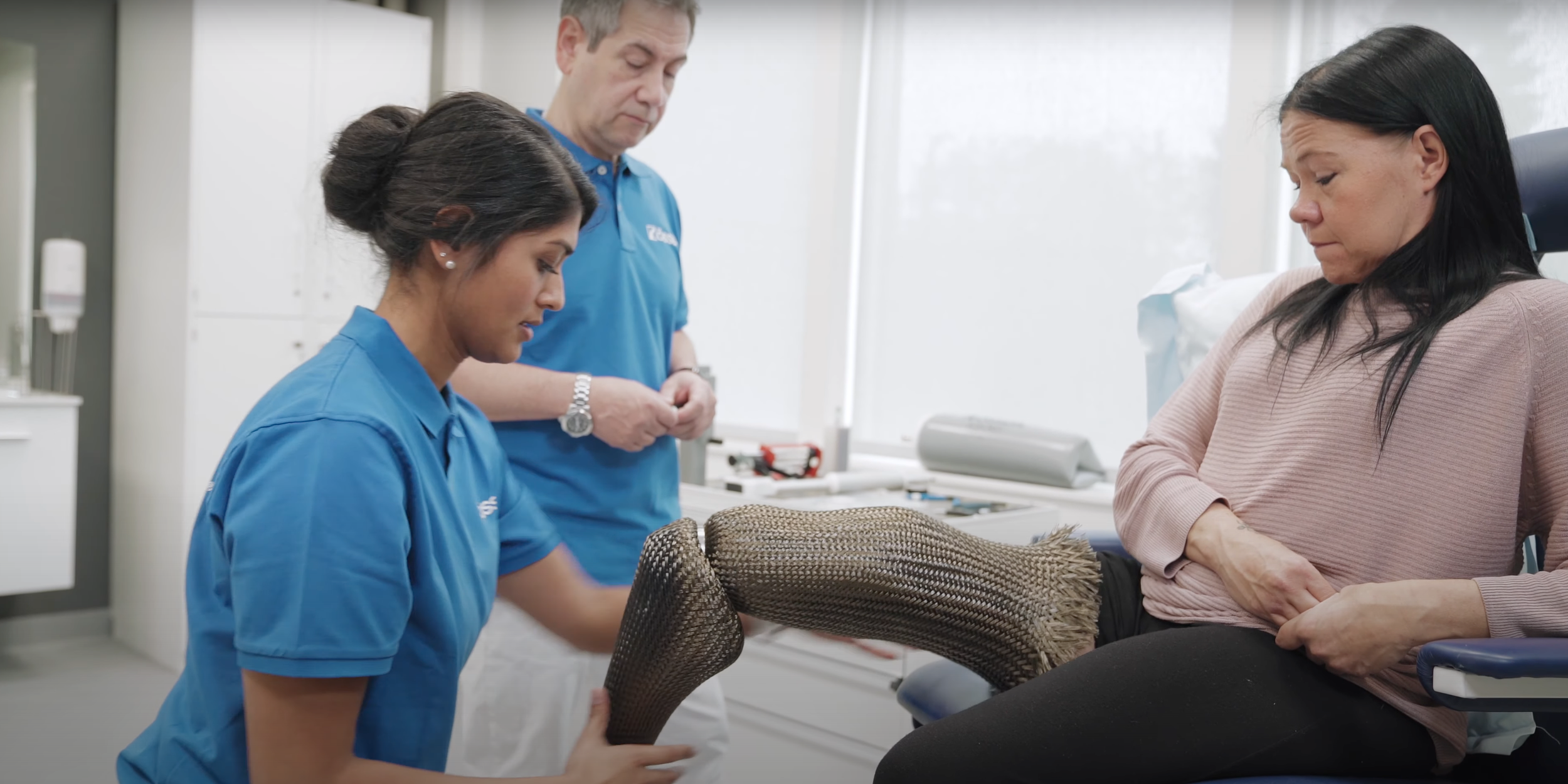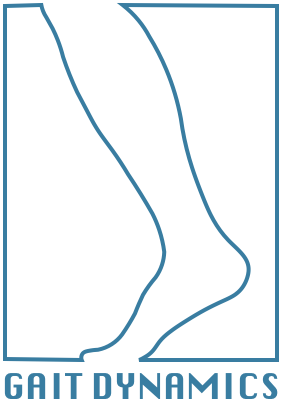
Gait Dynamics
COMFORT, STANDING BALANCE AND WALKING QUALITY
If you have need in these areas our technologies may be right for you.
Direct Socket
Direct-Socket technology may be the most profound advancement in prosthetic fit and performance ever. The question is not when to use it, but rather why would I not use it.
It’s completed during one visit.
Test the outcome of the finished product right away. Love it? Keep it.
We claim its more comfortable and secure. You can decide if that is true right away.
It’s still just a mechanical device. It still requires normal management and maintenance. Even so, a better, more reliable fit is 90% of success in a prosthesis.
There are some cases that this system will not work for, but they are pretty rare.
Find out if Direct Socket makes sense for you. Review with us the details of your particular story.
Dynamic Bracing
Dynamic Bracing begins with a systematic method of biomechanical matching.
Since bracing treats more body parts and more potential problems than present with amputations, it can be more complex.
How then is a person to determine if it is for them? Since Dynamic Bracing is about biomechanical matching, you can start with your biomechanical experience.
If you have chronic trouble with standing balance, walking quality, deformity, or pain from injuries or disease in the lower limbs, then Dynamic Bracing may work.
If conventional bracing still leaves you with trouble in those areas, then Dynamic Bracing might be your answer.
Schedule a brief telephone call to find out more.
Both Direct Socket and Dynamic Bracing have a process:
Evaluation: We start with a triage phone call: are you a candidate and do you want to do it? If the answer is yes to both, then an extended eval is called for. That sets up the rest of the process.
Preparation: Financial approval, getting the materials in place, and getting on the schedule.
Doing the deed: Making and fitting the device. With direct socket it happens in one visit. With dynamic bracing its more often a series of visits.
Evaluation (again): After the device is done and fitted, we have to evaluate whether we did what we promised, and whether you’re happy. This step also refers to ongoing, long term follow up.
Is this right for me?
The initial evaluation determines if your clinical profile would be well treated by Direct Socket or Dynamic Bracing.
If you are an amputee and your surgical site is healed, then its likely the Direct Socket will serve you well.
If you have neurological or orthopedic condition in your lower extremities that impairs your ability to stand and walk with secure standing balance and sustained walking momentum then Dynamic Bracing may be for you.


